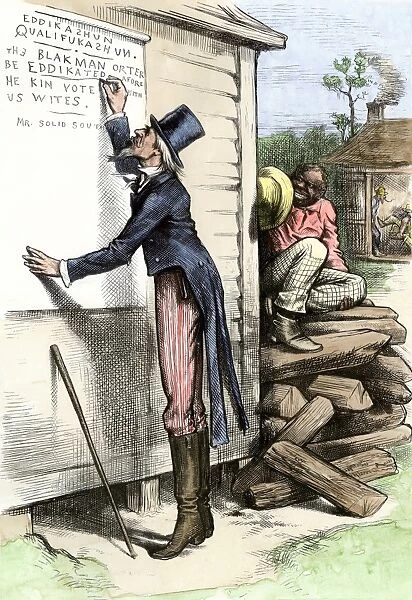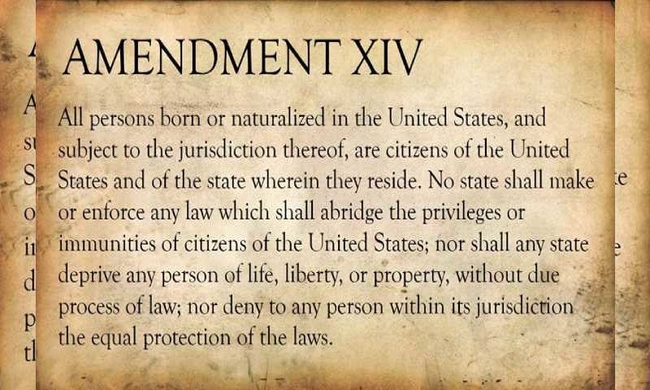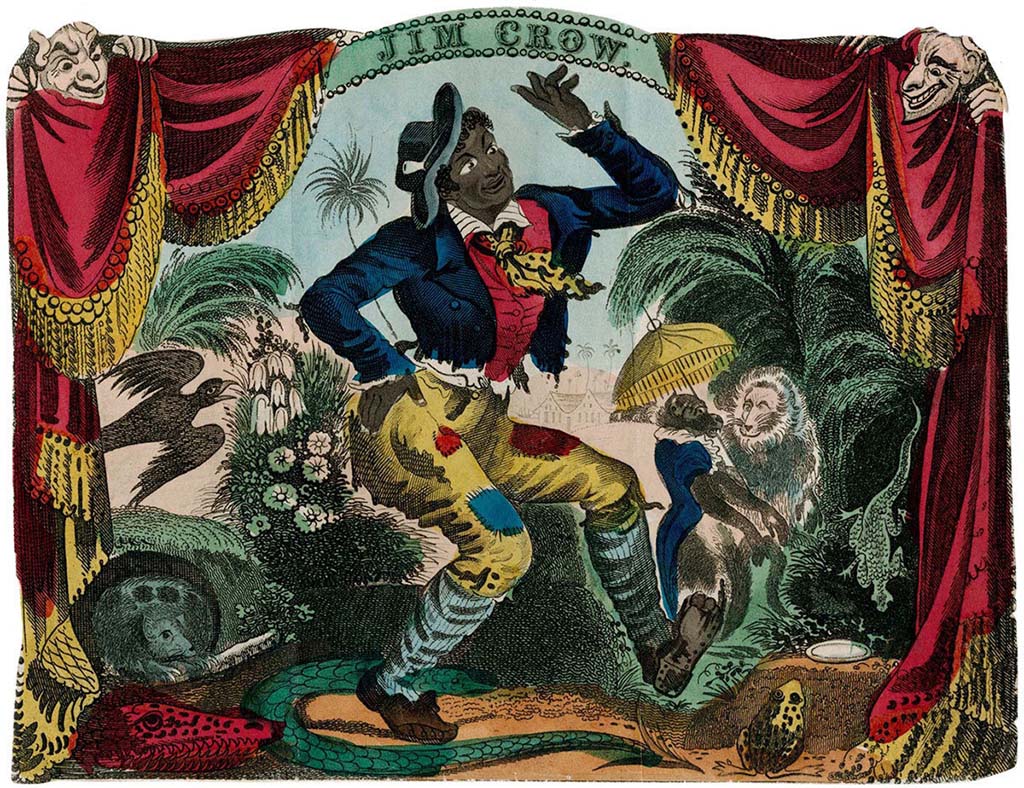What did the 13th amendment do?
Abolished Slavery
What impact did westward expansion have on Native Americans?
It decimated their population in a way that can be described as genocidal.
What is Ellis Island?
Ellis Island is a federally owned island in New York Harbor, situated within the U.S. states of New Jersey and New York, that was the busiest immigrant inspection and processing station in the United States.
What was the 19th amendment?
The 19th amendment gave woman the right to vote
Who is she and what did she do?

Susan B Anthony
What was a literacy test?

Answer: Literacy tests were used to keep people of color -- and, sometimes, poor whites -- from voting, and they were administered at the discretion of the officials in charge of voter registration. If the official wanted a person to pass, he could ask the easiest question on the test -- for example, "Who is the president of the United States?” The same official might require a black person to answer every single question correctly, in an unrealistic amount of time, in order to pass.
What is a residential school?
There were more than 523 government-funded, and often church-run, Indian Boarding schools across the U.S. in the 19th and 20th centuries. Indian children were forcibly abducted by government agents, sent to schools hundreds of miles away, and beaten, starved, or otherwise abused when they spoke their Native languages.
Name 3 countries immigrants arrived from in fairly large numbers in the late 1800s/early 1900s
Italy
Ireland
China
Russia
Germany
Hungary/Austria
What is a labor union?
Unions are groups of workers that band together yo fight for their collective rights. They do so through strikes and collective bargaining.
What is this a picture of?

Tulsa Race Massacre
What is this and what did it do?

14th amendment
1. Established birthright citizenship
2. Equal protection of rights for all citizens under the law
Describe the curriculum at a residential school, in detail.
See assignment on IC.
Define Xenophobia and Nativism
Nativism is the political policy of promoting or protecting the interests of "native-born" or established inhabitants over those of immigrants, including the support of anti-immigration and immigration-restriction measures.
Xenophobia is the fear or dislike of anything which is perceived as being foreign or strange, particularly used against immigrants.
What is a monopoly and think of one example
A monopoly is a market structure that consists of only one seller or producer. A monopoly limits available substitutes for its product and creates barriers for competitors to enter the marketplace. Monopolies can lead to unfair consumer practices.
Example: Amazon
What is this and why does it matter?

Jim Crow (from minstrel show)
What were the Blues? When/Where were they created? Who created them and why were they important?
What/When/Where: Musical style often using a banjo that derived from the deep south in the reconstruction/post reconstruction era.
Who/Why: Former slaves and children of slaves made this music to reflect their problems/experiences and share in their struggle. The blues is important because it influenced the creation of much of the music we listen to today.
Why is the "cowboy" and the "western" an "American myth"? What is untrue/harmful about it?
The cowboy is portrayed as the brave and moral American, typifying the spirit of American ingenuity. The cowboy is also typically seen as white. However, many cowboys were black/mexican and it was seen as poor man's labor.
As far as Westerns, the movie genre is used to create a narrative of good vs bad (white settlers being good and native americans being savage and bad). That's pretty harmful and stereoptypical.
What similarities do Irish and Italian immigrants from the late 1800s/early 1900s have to immigrants today. Answer in terms of how they were treated/seen but also their motivations.
Both immigrant groups were treated as second class, subjected to vicious, at times violent, racism from parts of the USA. They were called violent, crime ridden, rapists, lazy, immoral, dirty, diseased, etc. All of these things are commonly said about immigrants from Latin America/the Middle east today.
As far as their motivations, Italian and Irish immigrants traveled to the USA for the same reason immigrants do today -- for a better life and to escape persecution. Their are specific differences in that Italian immigrants often came alone and sent money home while other groups brought their entire family, but the same reasons exist.
What are three things that changed in the country during the progressive era?
Reforms of the Progressive Era: (several of many)
- Anti-trust legislation was passed to prohibit monopolies
- Many regulations were passed to hold businesses accountable – like the Pure Food and Drug Act. Laws were passed to protect the environment and address pollution
- Women and Children’s rights – Limits were placed on the number of hours children could work and education was expanded significantly.
- Labor Protections – 8-hour workday, safe conditions, unions.
- Women got the right to vote
- decrease in government corruption
Who took this and why did it matter
Lewis Hine and it exposed the brutal nature of child labr
What was the Tulsa Race Massacre? What caused it? Why was it important? (Points awarded for detail)
The Tulsa race massacre, also known as the Tulsa race riot or the Black Wall Street massacre, was a two-day-long white supremacist terrorist massacre that took place between May 31 and June 1, 1921.
The event started when a black boy was arrested for stepping on a white girls foot in an elevator and a white supremacist mob gathered around the courthouse to lynch him. A fight started between the mob and a group of local african americans and the mob burned Tulsa to the ground.
The riot in Tulsa was part of a rash of race riots started by white people who were angry that African Americans were gaining wealth and prosperity after World War I (1914–18). The legacy of the race riot lives on in Tulsa, and the riot serves as a stark reminder of the racism that is endemic in the United States.
